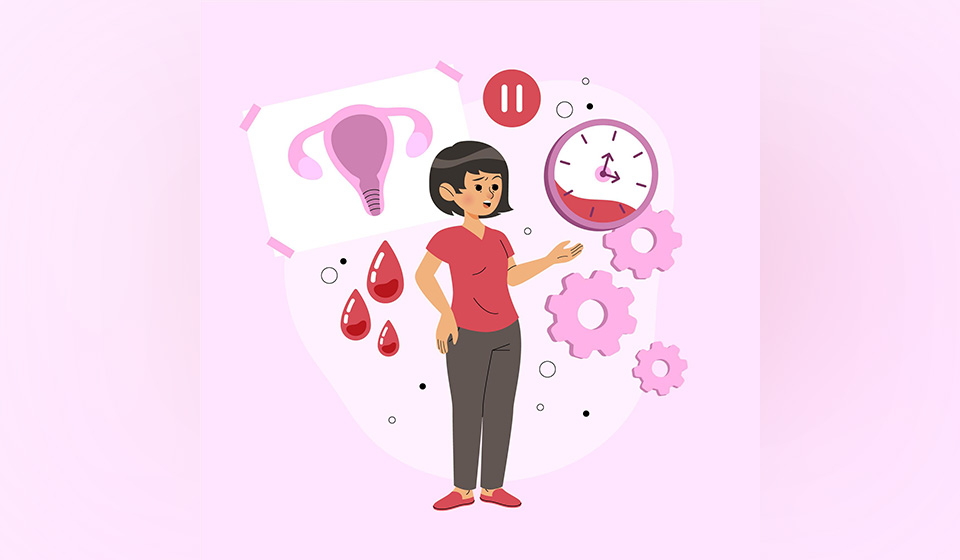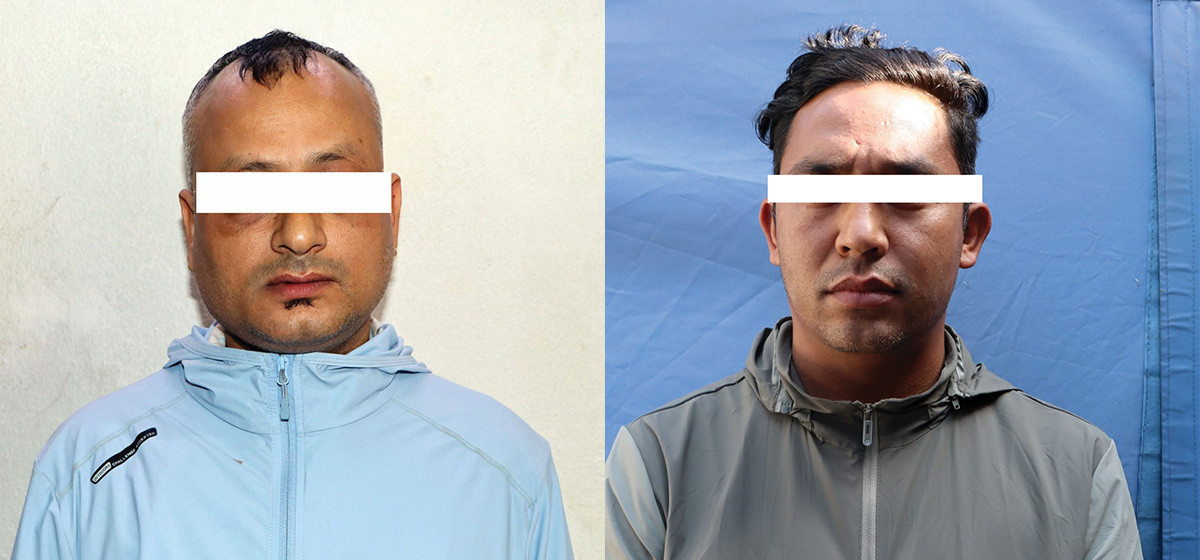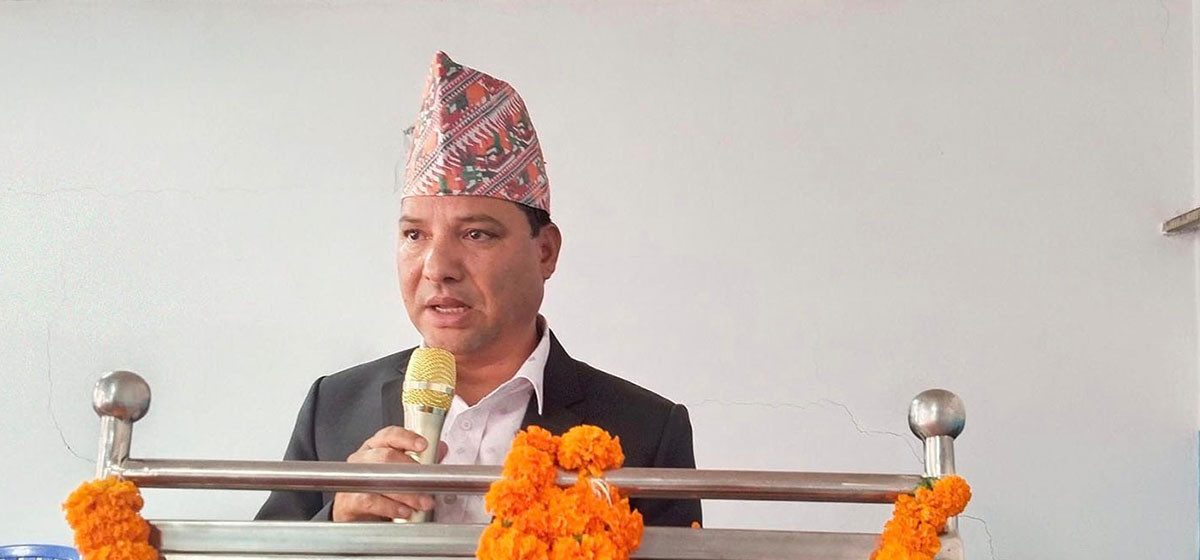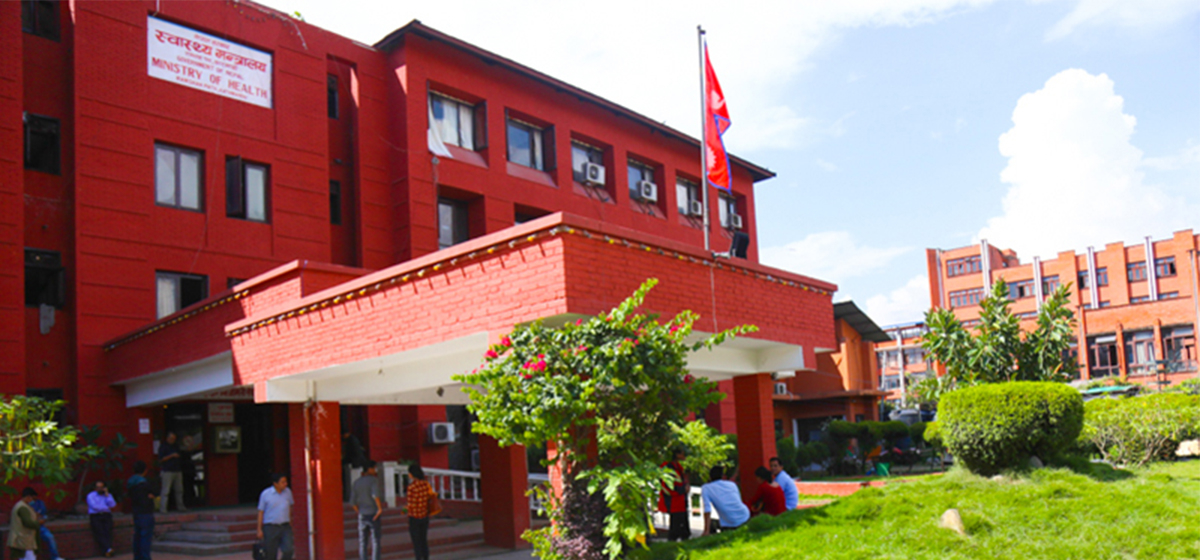
OR
#OPINION
What do we mean by painful menstruation or Dysmenorrhea?
Published On: December 20, 2023 08:30 AM NPT By: Dr Noori Kumari Shah


Dr Noori Kumari Shah
The writer is a 1st Year Resident Doctor, NAMS - Prasuti Grihanews@myrepublica.com
Dysmenorrhea is a prevalent condition among women globally, and is also an issue for the women of Nepal.
Menstruation, commonly known as periods, is the natural vaginal bleeding that occurs as part of a woman's monthly cycle. Many women experience discomfort during their periods, a condition known as dysmenorrhea. The predominant form of pain is often menstrual cramps, characterized by a throbbing, cramping sensation in the lower abdomen. Additional symptoms may include lower back pain, nausea, diarrhea, and headaches.
It's important to note that menstrual pain differs from premenstrual syndrome (PMS), which encompasses various symptoms such as weight gain, bloating, irritability, and fatigue. PMS typically manifests one to two weeks before the onset of the menstrual period. Dysmenorrhea is a prevalent condition among women globally, and is also an issue for the women of Nepal. Similar to many other regions, dysmenorrhea can impact women of varying ages in Nepal, typically emerging shortly after the initiation of menstruation during adolescence. Several factors contribute to dysmenorrhea in Nepal, encompassing aspects such as lifestyle, dietary habits, alcohol and tobacco consumption, and overall health.
What is responsible for the pain during menstruation?
There are two types of dysmenorrhea: primary and secondary, each with distinct causes. Primary dysmenorrhea, the more common form of menstrual pain, is not associated with any other underlying condition. Typically, it results from an excess of prostaglandins, chemicals produced by the uterus. These chemicals prompt the muscles in the uterus to contract and relax, leading to cramps. The pain usually commences a day or two before the onset of the menstrual period and typically persists for a few days, although some women may experience prolonged discomfort. Initial episodes of menstrual pain often occur in younger individuals shortly after the onset of menstruation. As women age, the intensity of pain usually diminishes, and it may improve further after giving birth. In contrast, secondary dysmenorrhea tends to emerge later in life and is attributed to conditions affecting the uterus or other reproductive organs, such as endometriosis and uterine fibroids. This type of pain often intensifies over time and may extend beyond the menstrual period, beginning before menstruation and persisting after its conclusion.
Health education and awareness campaigns may play a crucial role in fostering understanding and encouraging women to seek appropriate medical advice for the effective management of menstrual pain.
How can I solve the issue of menstrual pain?
To alleviate menstrual pain, consider the following:
• Apply a heating pad or use a hot water bottle on your lower abdomen.
• Engage in regular exercise.
• Take a hot bath.
• Practice relaxation techniques, such as yoga and meditation.
You may also find relief by taking over-the-counter pain relievers like nonsteroidal anti-inflammatory drugs (NSAIDs) such as ibuprofen or naproxen. NSAIDs not only alleviate pain but also reduce the production and impact of prostaglandins in the uterus, helping to minimize cramps. These medications can be taken at the onset of symptoms or when your period begins, and continued for a few days. However, refrain from using NSAIDs if you have ulcers, stomach issues, bleeding problems, or liver disease. Additionally, avoid them if you are allergic to aspirin. If uncertain, consult your healthcare provider before taking NSAIDs. Adequate rest and abstaining from alcohol and tobacco may also contribute to managing period pain.
When should I seek medical advice for menstrual discomfort?
Experiencing some level of pain during menstruation is common for many women. Nevertheless, it is advisable to reach out to gynecologist if:
• NSAIDs and self-care measures prove ineffective, and the pain significantly disrupts your daily life.
• There is a sudden escalation in the intensity of your cramps.
• If you are over 25 and you encounter severe cramps for the first time.
• You experience a fever alongside your period pain.
• The pain persists even when you are not menstruating.
You May Like This

Struggle- Life’s other name
When she was in seventh grade, she got involved with handicraft and knitting sweater. This helped her fund her own... Read More...

Dispute between couple causes spouse to burn house to ashes
TAPLEJUNG, Dec 28: A dispute between man and his wife prompted the former to burn their house to ashes at Sikaicha... Read More...

Typhoon causes serious flooding in southern Japan
TOKYO, Sept 20: A typhoon has caused serious flooding and flight cancellations in southern Japan. ... Read More...
Just In
- Police arrest individuals for defrauding Rs 30 million from 219 individuals misusing discovered citizenship
- FNJ demands full press freedom, announces election on June 8
- Price of gold and silver experiences fluctuations throughout this week given instability of conflict in Middle East region
- 73 succumb to tobacco consumption every day
- In Pictures: Preparations underway for Rato Machindranath chariot procession at Lalitpur
- Meeting called by Sudurpaschim CM Sodari to seek vote of confidence postponed
- Stock Analytics Software ‘gaining popularity’ in Nepal
- Health Ministry warns of action against health facilities running illegally



















Leave A Comment